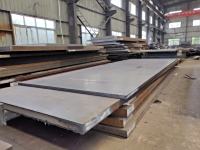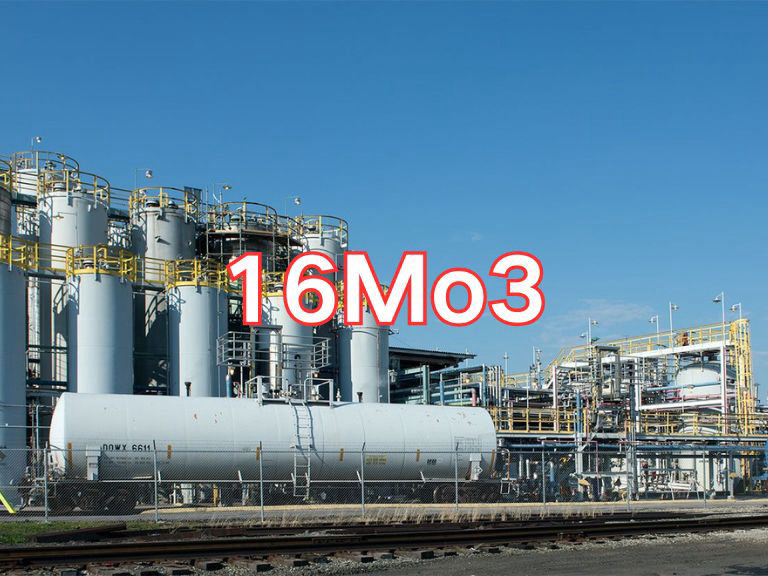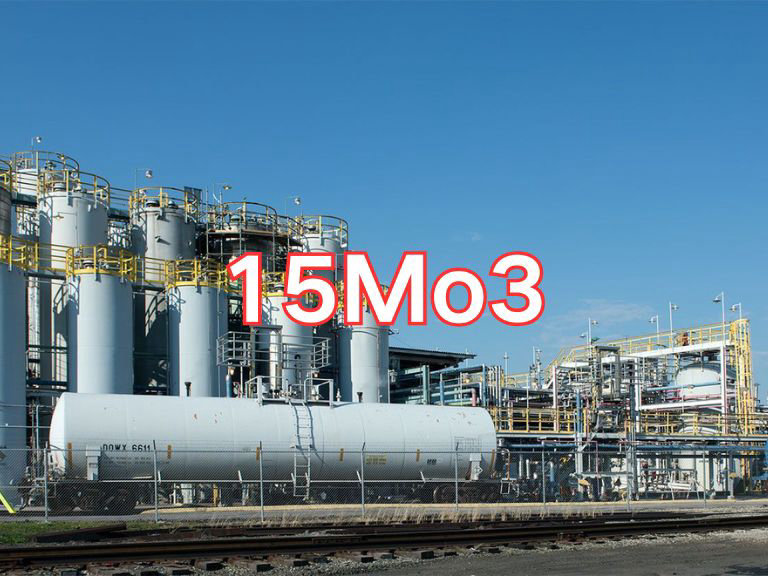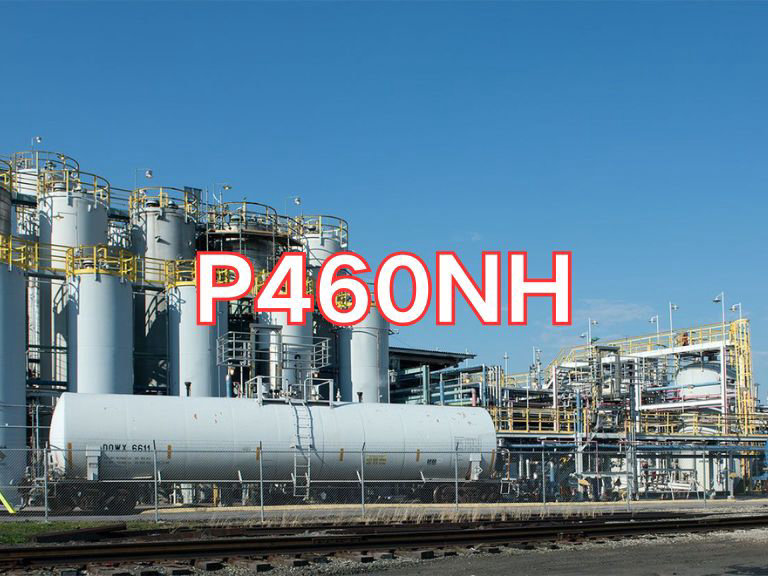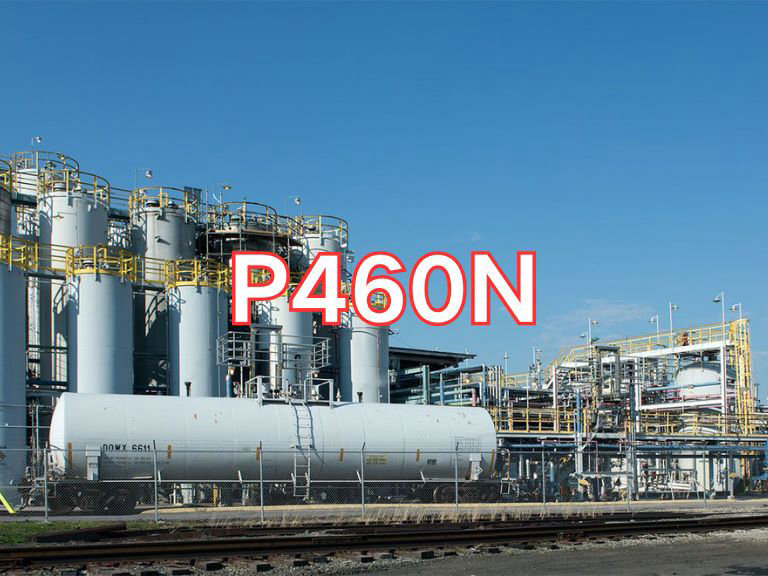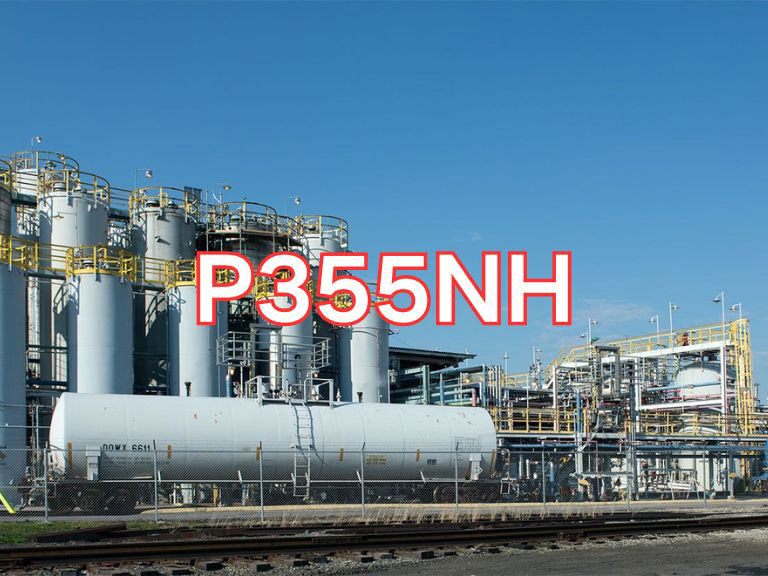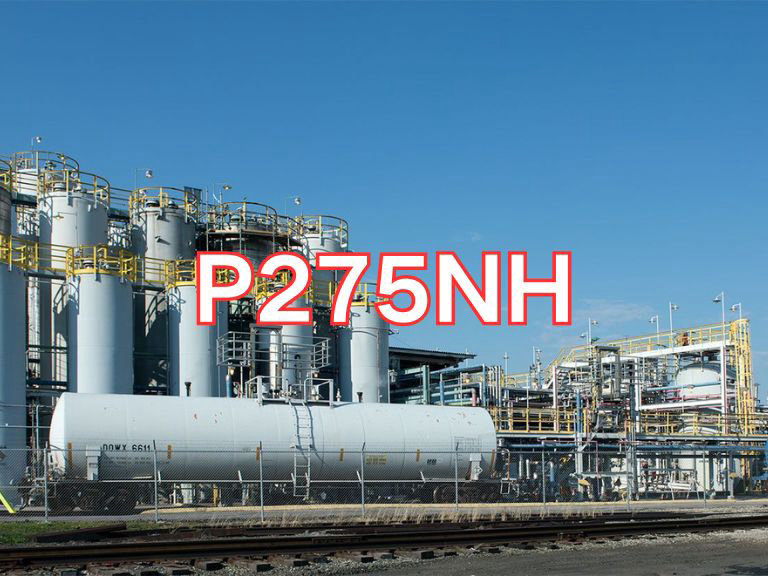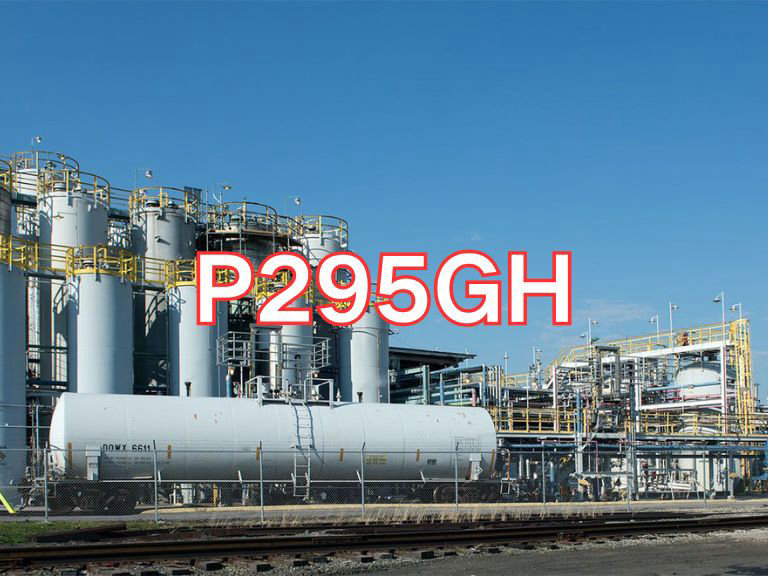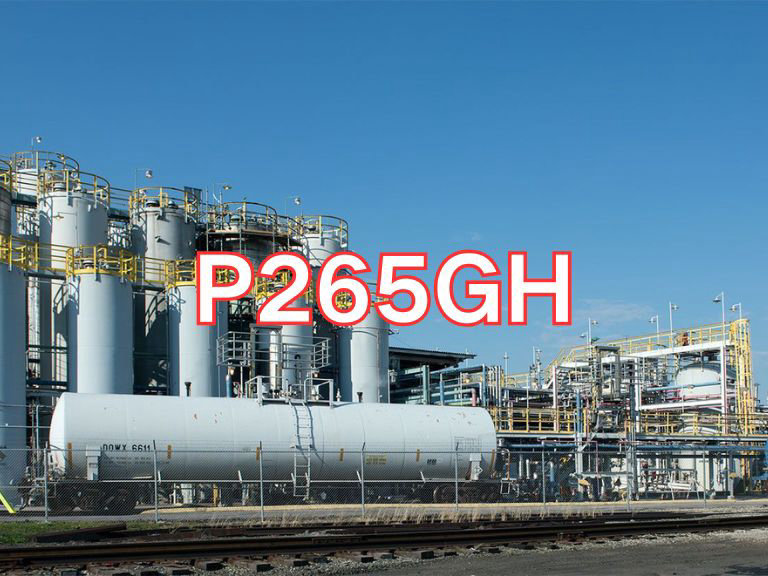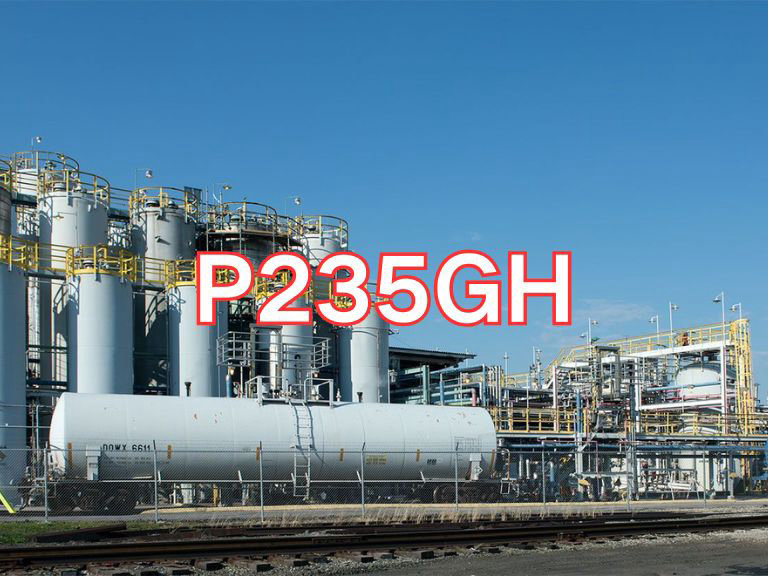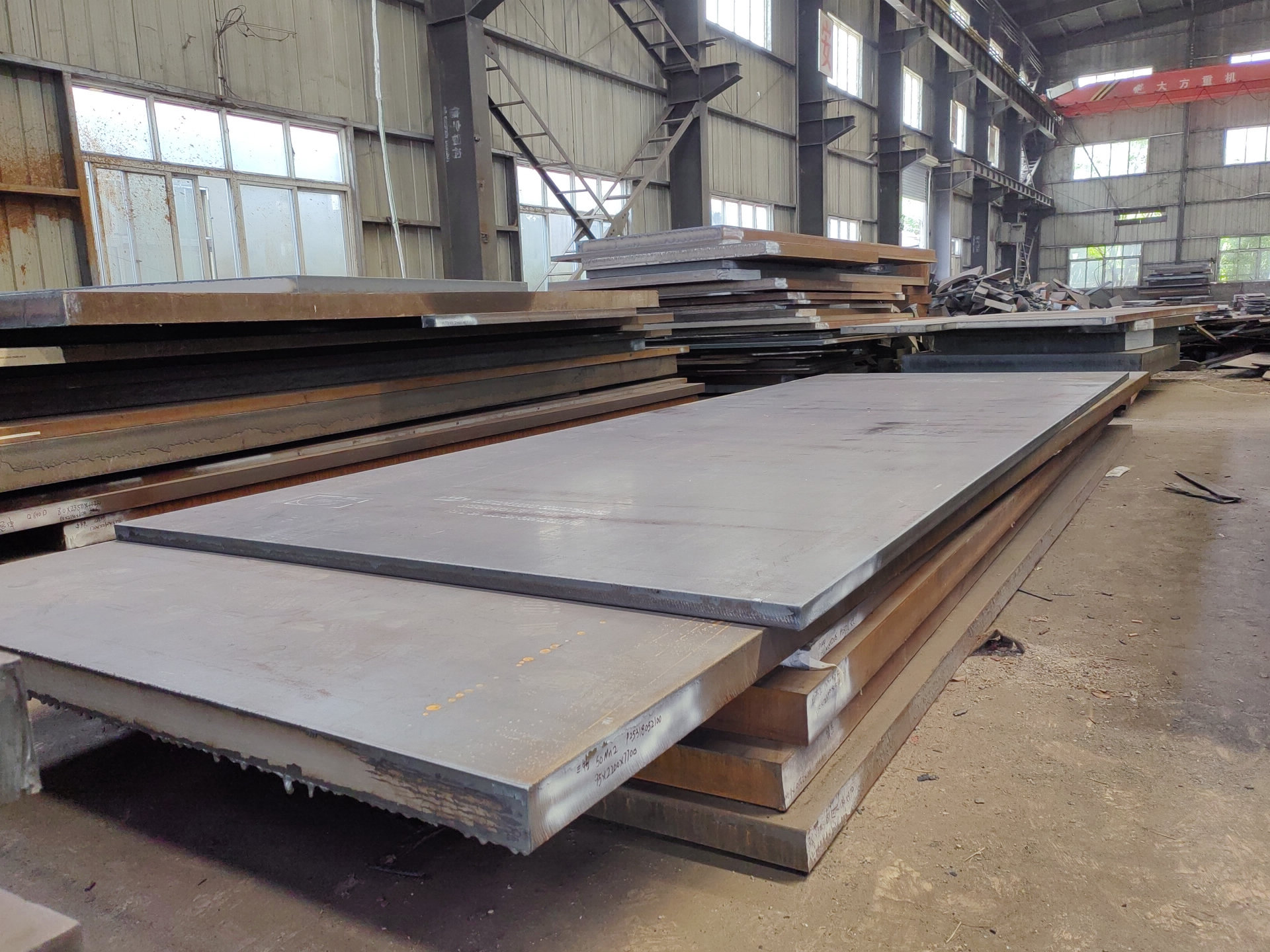

16MnDR
1. Brief Introduction
16MnDR is a low-alloy steel plate for low-temperature pressure vessels according to the Chinese standard GB 3531. The "D" stands for low temperature, and the "R" stands for vessel. It offers good low-temperature toughness and weldability, primarily used for manufacturing pressure vessels operating in low-temperature environments above -40°C, such as liquefied petroleum gas (LPG) storage tanks and ethylene spherical tanks. It is a widely used low-temperature steel.
2. Grade Designation Explanation
- 16: Indicates a nominal carbon content of approximately 0.16% (16 parts per ten thousand).
- Mn: Represents Manganese, the main alloying element in the steel.
- D: Stands for "Dī" , the first character of "Low Temperature" in Chinese Pinyin, indicating low-temperature service.
- R: Stands for "Róng", the first character of "Pressure Vessel" in Chinese Pinyin, indicating use for pressure vessels.
3. Physical Properties
The typical physical properties of 16MnDR at room temperature are similar to low-carbon steel, but its core value lies in its mechanical properties at low temperatures.
- Density: Approx. 7.85 g/cm³
- Elastic Modulus: Approx. 201 GPa
- Poisson's Ratio: Approx. 0.3
- Thermal Conductivity: Approx. 51.9 W/(m·K) (at 0°C)
Key Property: Excellent low-temperature impact toughness. Its Charpy V-notch impact test must meet the required high impact energy values at -40°C as per the standard.
4. Chemical Composition (Ladle Analysis, %)
Its chemical composition is carefully designed to ensure strength while controlling the carbon equivalent and harmful elements to guarantee excellent low-temperature toughness and weldability.
C (Carbon): ≤ 0.20
Si (Silicon): 0.15~0.50
Mn (Maganese): 1.20~1.60
Ni (Nickel): ≤ 0.40
Mo (Molybdenum): ≤ 0.08
Alt: ≥ 0.020
N (Nitrogen): ≤ 0.012
P (Phosphorus): ≤ 0.020
S (Sulfur): ≤ 0.010
Note: Some standards or technical agreements may require the addition of a small amount of Nickel (Ni) to further improve low-temperature toughness.
Features: Low carbon, phosphorus, and sulfur content ensure high purity and good low-temperature toughness; a suitable amount of manganese provides solid solution strengthening; aluminum, as a grain-refining element, is crucial for improving toughness.
5. Application Fields
16MnDR is specifically used for manufacturing welded pressure vessels that operate under low or medium pressure in low-temperature environments. Typical applications include:
- Liquefied Gas Storage & Transportation Equipment: LPG storage tanks, liquid ammonia storage tanks, liquid carbon dioxide storage tanks.
- Petrochemical Equipment: Low-temperature separation units, ethylene spherical tanks, deethanizer columns, coolers.
- Others: Pressure components in freezing equipment and air separation units that operate in low-temperature environments.
6. Testing and Production Methods
Production Method: Produced by basic oxygen or electric arc furnace smelting, followed by secondary refining (e.g., LF, VD) and vacuum degassing to significantly reduce gas and impurity content. It must undergo normalizing heat treatment (N condition) after rolling to refine the grain structure and homogenize the microstructure, thereby achieving stable low-temperature toughness.
Testing and Inspection: Besides routine mechanical property tests, its core inspection item is the low-temperature impact test.
Mechanical Property Test: Tensile test.
Low-Temperature Impact Test: Charpy V-notch impact test at -40°C must meet the minimum impact energy value specified by the standard (e.g., the standard typically requires ≥34J).
Non-Destructive Testing (NDT): 100% ultrasonic testing is usually required.
7. Corresponding/Similar Grades in International Standards
16MnDR is a classic Chinese low-temperature pressure vessel steel plate, corresponding to the following international grades:
American Standard (ASTM/ASME): SA-516 Gr. 65 (mainly for use above -45°F / -43°C) or SA-537 CL.1. However, its low-temperature toughness requirements are closer to the specifically low-temperature grade SA-662 Gr. C (for use down to -45°C).
European Standard (EN): P355NL1 (EN 10028-4). Depending on the guaranteed impact toughness temperature (-50°C or -30°C), P355NL1 is very close to 16MnDR.
Japanese Standard (JIS): SLT-355 or SLT-410 (JIS G 3127). This standard is specifically for low-temperature pressure vessel steel plates; its performance requirements and applications directly correspond to those of 16MnDR.

Ultrasonic Testing (UT)
A key non-destructive testing technique that uses high-frequency sound waves to detect internal flaws in steel plates. The probe emits sound waves, which reflect when encountering defects such as cracks or inclusions. The receiver captures the echoes, enabling precise determination of defect location and size. With high sensitivity, strong penetration, and fast inspection speed, UT effectively ensures internal quality, widely used in the production of heavy plates, pressure vessel plates, and other high-end products to guarantee safety and reliability.

Magnetic Particle Testing (MT)
A common surface inspection method that magnetizes the workpiece, causing leakage magnetic fields at surface or near-surface defects like cracks or inclusions, which attract magnetic particles to form visible indications. Simple to operate and highly sensitive, MT is suitable for rapid inspection of surface and near-surface flaws in ferromagnetic materials, widely used for online or offline inspection of plate edges, ends, and welds, ensuring product quality and safety.

Penetrant Testing (PT)
A non-destructive method for detecting surface-breaking flaws. A penetrant liquid is applied to the cleaned steel surface, allowing it to seep into defects such as cracks or pores. After removing excess penetrant, a developer is applied, causing the trapped penetrant to bleed out and form visible indications. Simple and cost-effective, PT is suitable for inspecting surface defects in various non-porous materials, commonly used for welds, castings, and complex components, effectively ensuring surface quality of steel plates.

